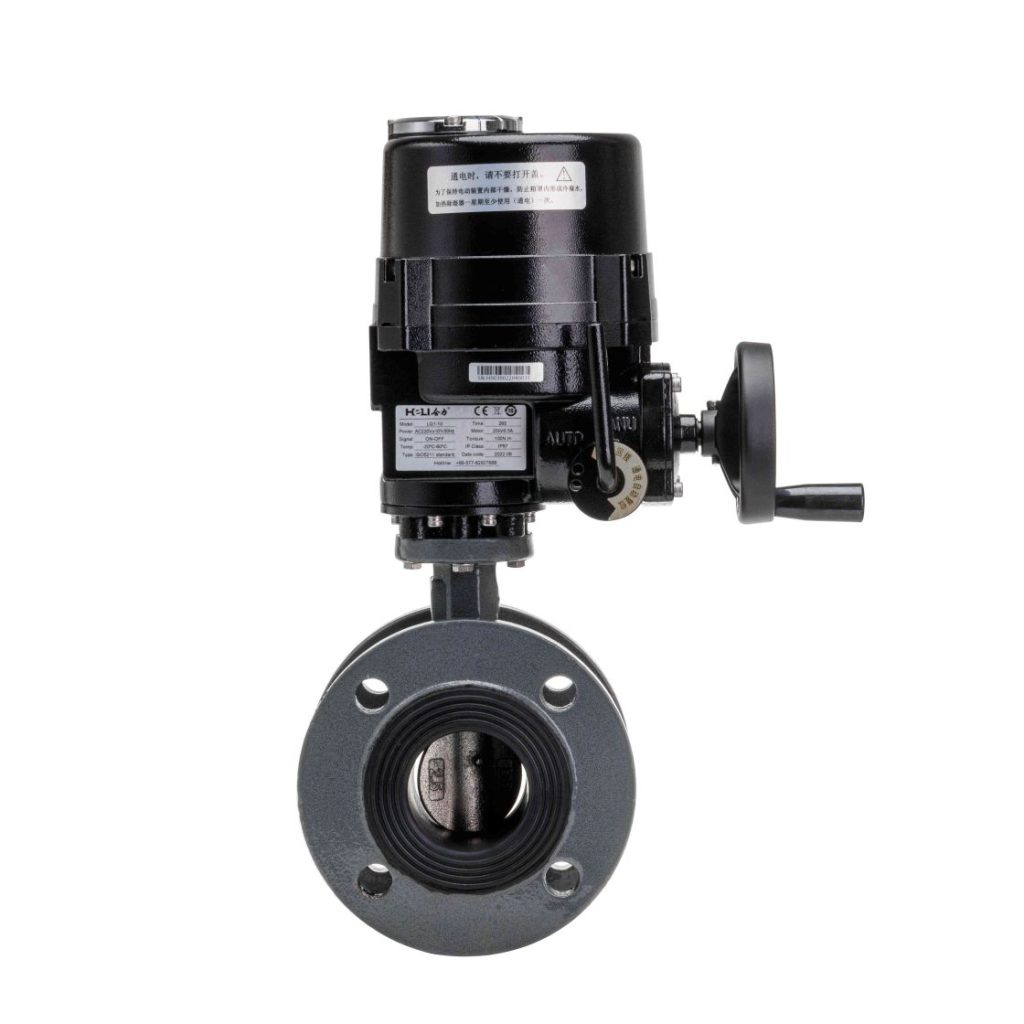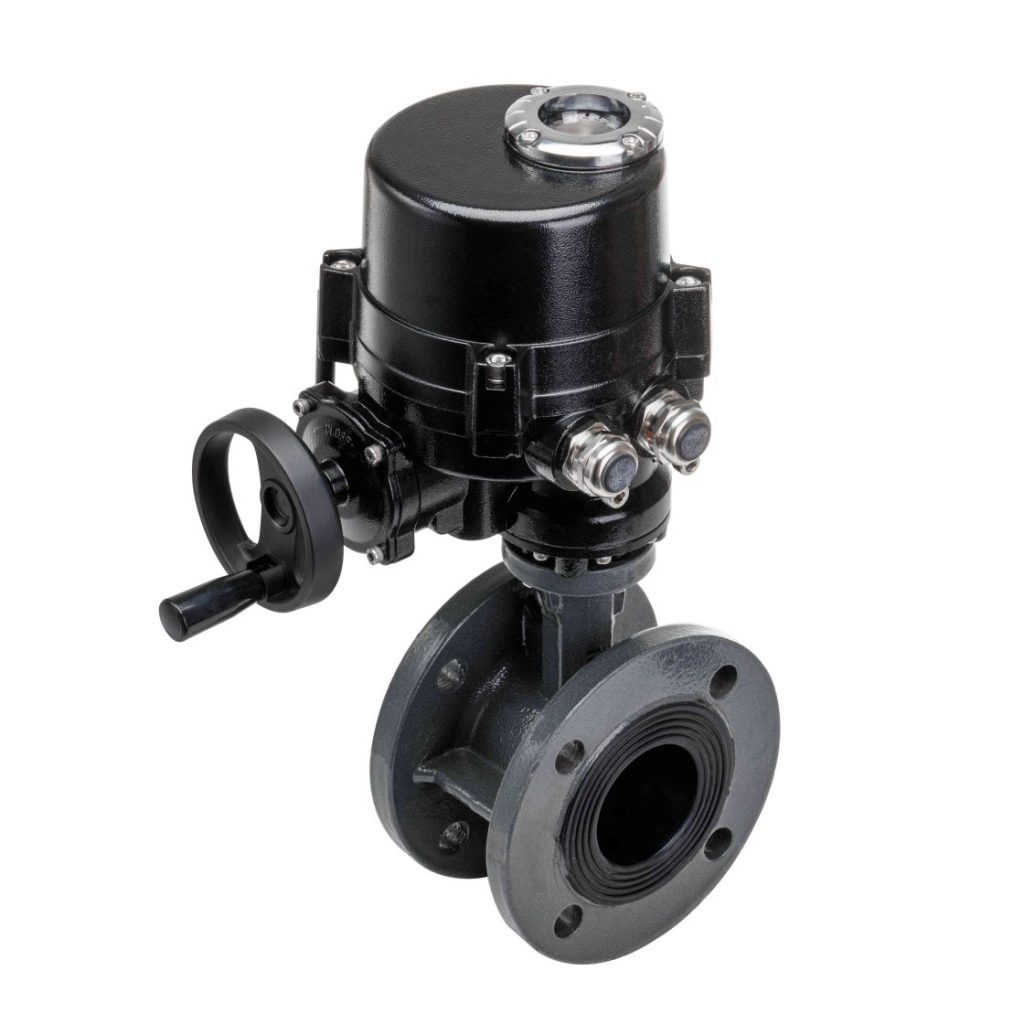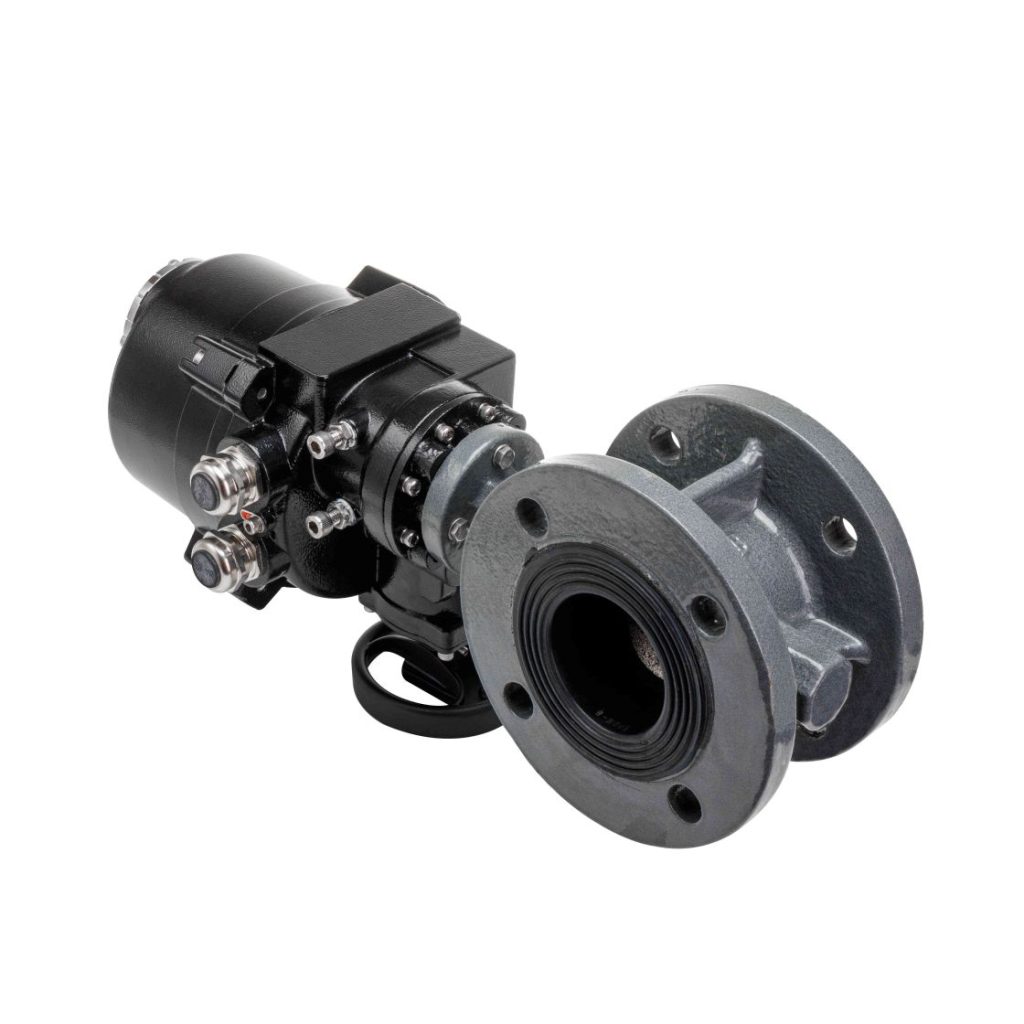Marine electric ball valves are pivotal components in various maritime applications, ensuring effective fluid control in marine environments. These valves play a crucial role in managing the flow of liquids and gases within vessels, offshore platforms, and other marine installations. This article delves into the features, advantages, and applications of marine electric ball valves, providing a comprehensive overview for industry professionals and enthusiasts alike.

What Are Marine Electric Ball Valves?

Marine electric ball valves are specialized valves designed to control fluid flow using an electric actuator. The valve consists of a spherical disc (the ball) with a hole in the center that allows flow when aligned with the pipeline. When the ball is rotated 90 degrees, the flow is shut off. The electric actuator operates the ball’s rotation, providing precise control over the valve’s position. These valves are engineered to withstand harsh marine conditions, including exposure to saltwater, extreme temperatures, and high pressure. As a result, they are constructed from robust materials such as stainless steel, bronze, or other corrosion-resistant alloys.
